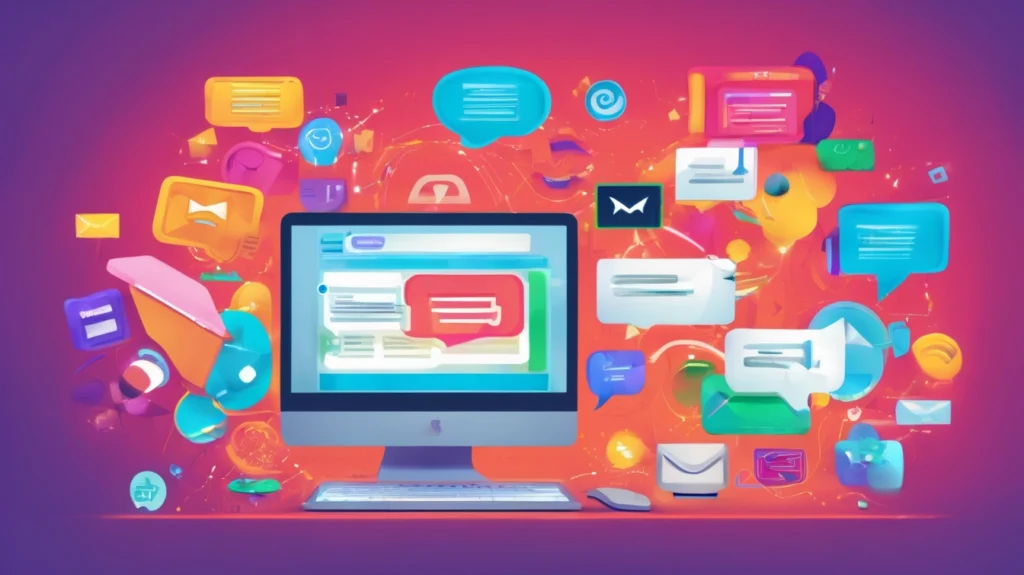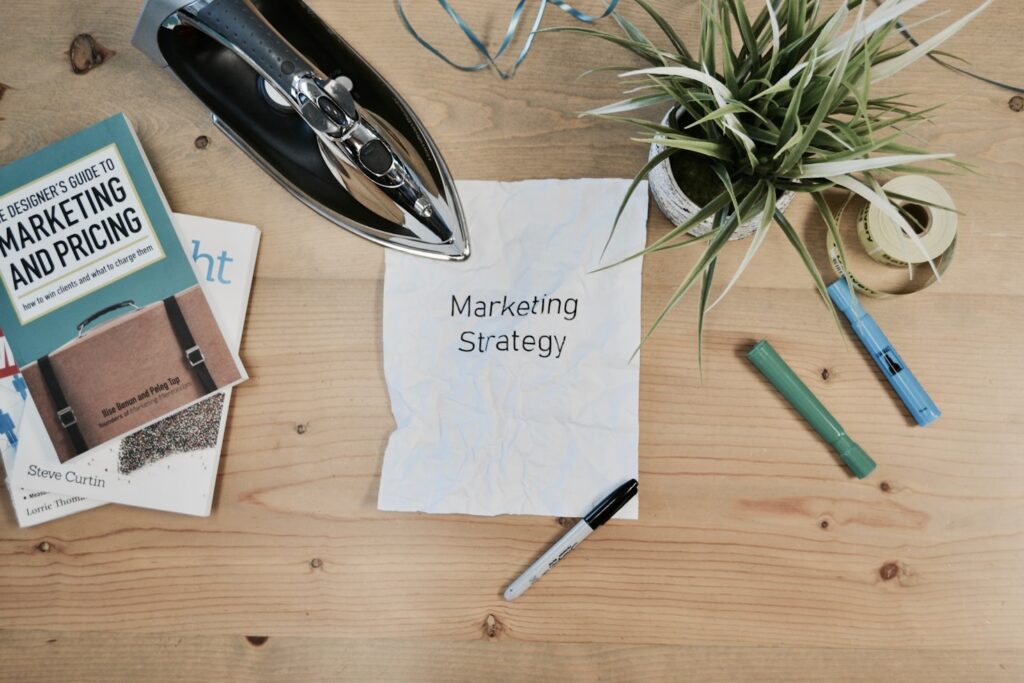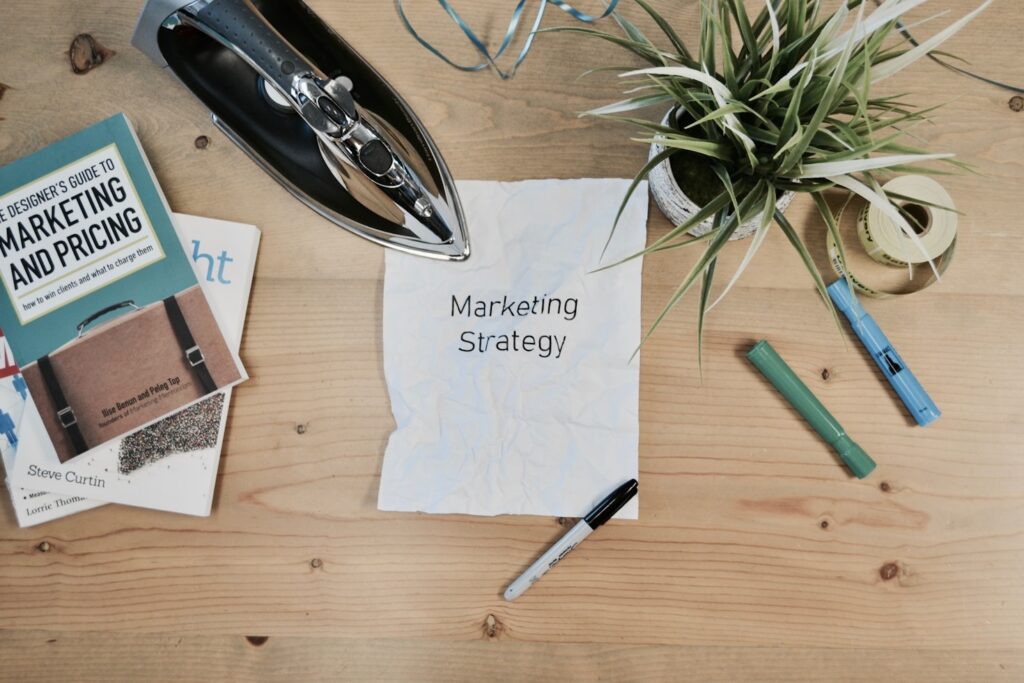
Email marketing is always changing, and I see storyselling as one of the best ways to make your message stand out. When I use storyselling in my emails, I’m not just sending information—I’m building trust and connection. Storyselling lets me turn digital marketing and affiliate promotions into stories that my readers actually care about.
With so many emails coming in every day, it’s easy for messages to get ignored. Sharing stories helps me make my emails feel less like ads and more like real conversations. This helps keep readers interested and opens the door for affiliate products to feel like a natural fit within the message. If you want to boost your digital marketing results, storyselling can help you engage your audience and drive more action with each email you send.
Key Takeaways
- Storyselling makes marketing emails feel more personal and engaging.
- Building connections with readers helps affiliate products fit naturally into messages.
- Simple storyselling strategies can improve digital marketing results.
What Is Storyselling in Email and Digital Marketing?
Storyselling is about using convincing stories to guide readers toward taking action in digital and email marketing. A strong narrative can build trust, highlight the value of a product, and encourage subscribers to connect with a brand on a personal level.
Defining Storyselling and Its Core Principles
Storyselling combines storytelling with selling. I use real-life stories or relatable scenarios to give meaning to products and services.
At its core, storyselling focuses on:
- Building an emotional connection
- Presenting facts through a narrative
- Showing how a product solves real problems
Instead of a straightforward pitch, I tell stories that relate to my audience’s struggles, hopes, or goals. For example, in affiliate marketing, I might share how a tool solved my own challenge.
Effective storyselling in digital marketing uses concrete details, conflict, and resolution. This makes the email more memorable and inspires action, like clicking a link or making a purchase. You can learn more about how brands use these tactics in storytelling in email marketing campaigns.
How Storyselling Differs from Traditional Storytelling
Traditional storytelling aims to entertain or inform. Storyselling is more direct. My goal is to guide the reader towards a specific action, such as buying a product or signing up for something.
Storyselling always links the narrative back to an offer. I make my story relevant to something the reader can do next. Each element in the story highlights a product’s benefits.
In digital marketing, I use storyselling to address pain points. I position the product as the hero or solution. This method is less about the tale itself and more about connecting the story to real outcomes. A good storyselling email doesn’t just end; it gives the reader a clear option to act.
The Psychological Impact of Narrative in Emails
When I send an email with a strong narrative, I am tapping into the reader’s natural response to stories. Stories activate regions in the brain responsible for emotion and memory.
A compelling narrative makes information easier to remember. Readers are more likely to relate to products when presented through personal stories. This builds trust and makes the message stick.
Through storyselling, I create a two-way relationship. The reader feels understood. If my story mirrors their experience, they pay closer attention and are more likely to engage.
Emails that use storytelling have higher engagement and can drive more conversions, as shown by the art of storytelling in email marketing. This makes storyselling a powerful tool in affiliate marketing and beyond.
Building Effective Storyselling Email Campaigns
Storyselling helps me capture my audience’s interest and guide them through a journey. By using engaging subject lines, well-structured content, and relatable stories, I can increase click-through rates and boost results in email marketing.
Crafting Engaging Subject Lines Using Storyselling
A strong subject line is the first step in getting people to open my emails. I focus on using curiosity, emotion, and storytelling elements to make subject lines stand out in a crowded inbox.
For example, leading with a question like “How did a simple idea change my business?” can spark interest. Including hints of a story or problem also makes subscribers want to see what happens next. I try to avoid generic phrases and instead, use language that directly reflects the story told inside the email.
Personalization helps too. If I mention the reader’s name or reference a situation they care about, my emails feel more relevant. Over time, I’ve seen that story-driven subject lines improve open rates and make email campaigns more effective. For more inspiration, I look at real-world examples and advice from guides like this resource on storytelling in email campaigns.
Structuring Story-Based Emails for Engagement
I break story-based emails into three main parts for easy reading:
- Hook: The opening line grabs attention and sets up the problem or journey.
- Body: The middle shares the story, shows conflict or a solution, and explains how my product or offer fits in.
- Call-to-Action (CTA): The ending directs readers to take the next step, like clicking a link or replying.
I use short paragraphs, bullet points, and bold text to highlight key details. Clear structure helps hold the reader’s attention and makes each step of the story easy to follow. I check that the story feels natural and connects back to the main offer so that readers know what to do next. This method increases engagement and click-through rates, as supported by proven benefits of storytelling in email marketing.
Using Relatable Characters and Origin Stories
Relatable characters make my story-based emails more believable. I often share origin stories—how a real person, founder, or customer overcame a problem with my product or service.
- Character: I focus on details that make them seem real and trustworthy.
- Challenge: I describe their struggle or goal so readers can connect emotionally.
- Resolution: I show how using my offer helped them achieve a positive outcome.
Origin stories add personality and trust to my email campaigns. Even simple stories can make subscribers feel like they’re part of a journey. This technique humanizes my brand and helps people remember my emails. As guides like this one point out, email stories are a way to promote products and connect with audiences.
Storyselling Strategies for Affiliate Marketers
When I use storyselling in affiliate marketing, I focus on real experiences, authentic voices, and transparent communication. By sharing customer journeys and insights, I give my audience reasons to trust my recommendations and take meaningful actions.
Personal Experiences and Authenticity in Affiliate Promotions
I always find that sharing my personal experiences with a product or service builds a stronger bond with my readers. People know when someone is being genuine, so I avoid exaggerating my results and never make unrealistic promises.
When I am honest about both the pros and cons, my audience is more likely to believe me. I explain how the product fits into my daily routine and why I think it adds value.
Authenticity is critical for affiliate marketing because it creates trust. Using my real voice in emails—rather than using only marketing language—helps establish me as a credible figure. My readers respond positively when they feel my stories are true and relatable. For example, marketers that use storytelling become real brand advocates instead of nameless voices, as shown with brand storytelling marketing.
List of practical storyselling tips:
- Describe real problems I solved with the product
- Share specific results, even if small
- Avoid overly polished or scripted stories
- Include honest pros and cons
Customer Success Stories That Convert
I love including true customer success stories in my emails. These stories act as social proof, showing potential buyers that others just like them have found real benefits.
I often highlight the challenges customers faced, explain the solution provided by the product, and show the results they achieved. A simple before-and-after table or a short testimonial quote can make a big impact.
| Challenge | Solution | Result |
|---|---|---|
| Struggling to organize time | Used recommended planner | Improved productivity |
Customer stories also help inspire trust, which is known to persuade audiences to purchase, as explained by affiliate marketing experts at Affilavista. I make sure these stories feel like real conversations and not just marketing claims.
Behind the Scenes and Interviews in Emails
Sharing behind-the-scenes details helps me humanize my affiliate efforts. When I include stories about how a product is made or a day in my life using the product, my audience gets a sense of transparency.
I sometimes interview product creators or other users. Including their insights, quotes, or stories in my emails gives even more depth and context. This approach makes the marketing less about the hard sell and more about the bigger picture.
People appreciate honest looks into how products work and who stands behind them. Adding these insights to my emails helps me stand out from marketers who only focus on selling. For example, storytelling emails are a powerful way to engage and nurture affiliate audiences, as discussed at simpleshow.com.
Maximizing Results with Storyselling Automation
Automation lets me deliver the right story to the right person at the perfect time. When I use storyselling in email marketing, I increase engagement, build trust, and grow my affiliate income.
Automated Nurturing Emails and Story Arcs
I set up automated nurturing emails as part of my funnel to guide subscribers step-by-step toward a decision. Each email fits into a larger story arc, making my campaign feel like a journey instead of isolated messages.
By mapping out story arcs, I build suspense and keep people looking forward to the next email. I use automation rules to send these emails at the best time for each lead on my email list.
This approach helps me provide consistent value and keep subscribers engaged. Well-crafted nurturing sequences save me time while building relationships. An effective automated story arc is key to moving leads closer to becoming customers. More advice on effective email storytelling arcs can be found in the webdew detailed guide.
Leveraging AI Tools for Personalized Stories
I use AI tools to personalize stories at scale. These tools let me customize email content based on a subscriber’s actions, interests, or purchase history. That way, each email feels personal, even when sent to thousands.
AI can also suggest improvements, segment my list, and A/B test subject lines. With the right AI assistance, I match stories to each subscriber’s preferences and needs.
By mixing automation and AI, I increase my open rates and make every message more relevant. Automating storyselling with AI also frees up my time so I can focus on content quality and campaign strategy. You can explore the impact of marketing automation in 2025 for more details.
Measuring Success: Conversion Rates and Engagement
To know if my storyselling emails work, I watch conversion rates and engagement. I track open rates, click rates, and how many leads take action from my emails.
I look for patterns in the data. If conversion rates rise after adding storytelling, I know my stories are working. Engagement metrics tell me if subscribers are interested or if I need to adjust my tactics.
I run weekly reports to check the performance of my campaigns. Automation lets me test different story arcs, messages, and calls-to-action quickly. High conversion rates and active engagement show me the true value of storyselling in my automated emails. Learn more about best practices for email storytelling from this Mailjet article.
Advanced Tactics and Case Studies in Email Storyselling
By using real success stories, clever cliffhangers, and strong narratives, I can make my email marketing campaigns stand out. Each approach helps attract more subscribers, keep their attention, and promote brand trust.
Success Stories from Entrepreneurs and Marketers
I often look at how entrepreneurs and marketing experts apply storyselling to their emails. For example, Jim Hamilton, a well-known marketing expert, shared how he used customer stories to double his response rates. By including before and after snapshots from customers in a simple table, his readers could quickly see the value his solution brought:
| Customer | Before | After |
|---|---|---|
| Anna | Few sales | 3x sales growth |
| Mike | Low engagement | +40% engagement |
Others have sent weekly “success spotlights” featuring customers who tried their products. Open rates increased because people wanted to see real results. Email marketing case studies show that sharing real numbers and authentic quotes from customers builds trust and gets more clicks.
Cliffhangers for Increased Email Subscribers
Adding a cliffhanger in my email is one tactical way to boost subscribers. I end emails with teasers, like “Tomorrow, I’ll reveal the #1 trick that built my six-figure business,” which keeps readers coming back. This method works best when the story stops at a crucial point.
Lists help too. For example, I might write:
- The two mistakes most new affiliates make… I’ll share the second one in my next email.
- How Jim Hamilton fixed his failing funnel—revealed in part two.
Marketers who use cliffhangers tend to see higher open rates because readers are curious and subscribe to get closure.
Brand Awareness Through Compelling Narratives
A strong brand story can improve how often people remember my business. I use storytelling to highlight my brand’s mission, challenges, and wins. For instance, Company X launched an ad campaign centered around their origin story, showing their struggles and victories. This approach made their brand more relatable and memorable.
In my own experience, sharing why I started my affiliate marketing journey, along with honest failures and lessons learned, has connected me with subscribers. Case studies in digital marketing confirm that brands using emotional stories see better recognition and loyal communities.
Images, emojis, and simple storytelling techniques can also be included to make emails stand out in crowded inboxes. For me, being genuine and sharing real stories has made the biggest difference in building brand awareness through email.
Frequently Asked Questions
I focus on practical steps in email marketing for affiliate sales, using proven strategies to create results. My approach combines honest communication, smart platform choices, and measurable goals.
What strategies can enhance the effectiveness of email marketing for affiliate sales?
I segment my email list to send the right offers to the right people, which increases conversions. Testing subject lines and call-to-action buttons helps me learn what works best. I also use clear deadlines and simple language to encourage quick decisions.
How does the incorporation of storytelling within email campaigns influence customer engagement?
When I use stories in my emails, I notice people pay more attention and remember my message. A relatable story helps connect the product to real-life benefits. This approach often leads to better responses and increased interest in my affiliate offers.
What criteria should be considered when selecting an email platform for affiliate marketing purposes?
I always check if the platform allows affiliate marketing emails, because some platforms restrict this type of content. Deliverability rates matter—high deliverability means my emails reach inboxes instead of spam folders. I also look at automation tools, list management features, and reporting options.
What are the best practices for creating compelling email content for affiliate promotions?
I start my emails with a hook, such as a question or a bold statement, to grab attention. I keep my message focused, use bullet points, and highlight how the product solves a problem. Adding testimonials or personal experience increases trust, and I always include a clear link to the offer.
How can one measure the success of story-driven email marketing campaigns?
I track open rates, click-through rates, and conversion rates to see which stories drive the most action. I compare different campaigns using A/B testing. If people reply to my emails or forward them, that’s also a sign my stories are hitting home.
What are the legal considerations to keep in mind when sending affiliate marketing emails?
I follow rules like the CAN-SPAM Act in the United States, which means I need permission to email people and must include an unsubscribe link. I always use honest subject lines and include my business address. These practices help me build trust and avoid legal trouble. For more details, it’s helpful to look at common affiliate marketing questions from reliable sources.
Join Our Community For fresh Insights!
Sign up to stay updated on the latest marketing tips, expert recommendations, and exclusive resources that will help you thrive in the online business world.
By clicking Join Us, you agree to our Terms and Conditions.





